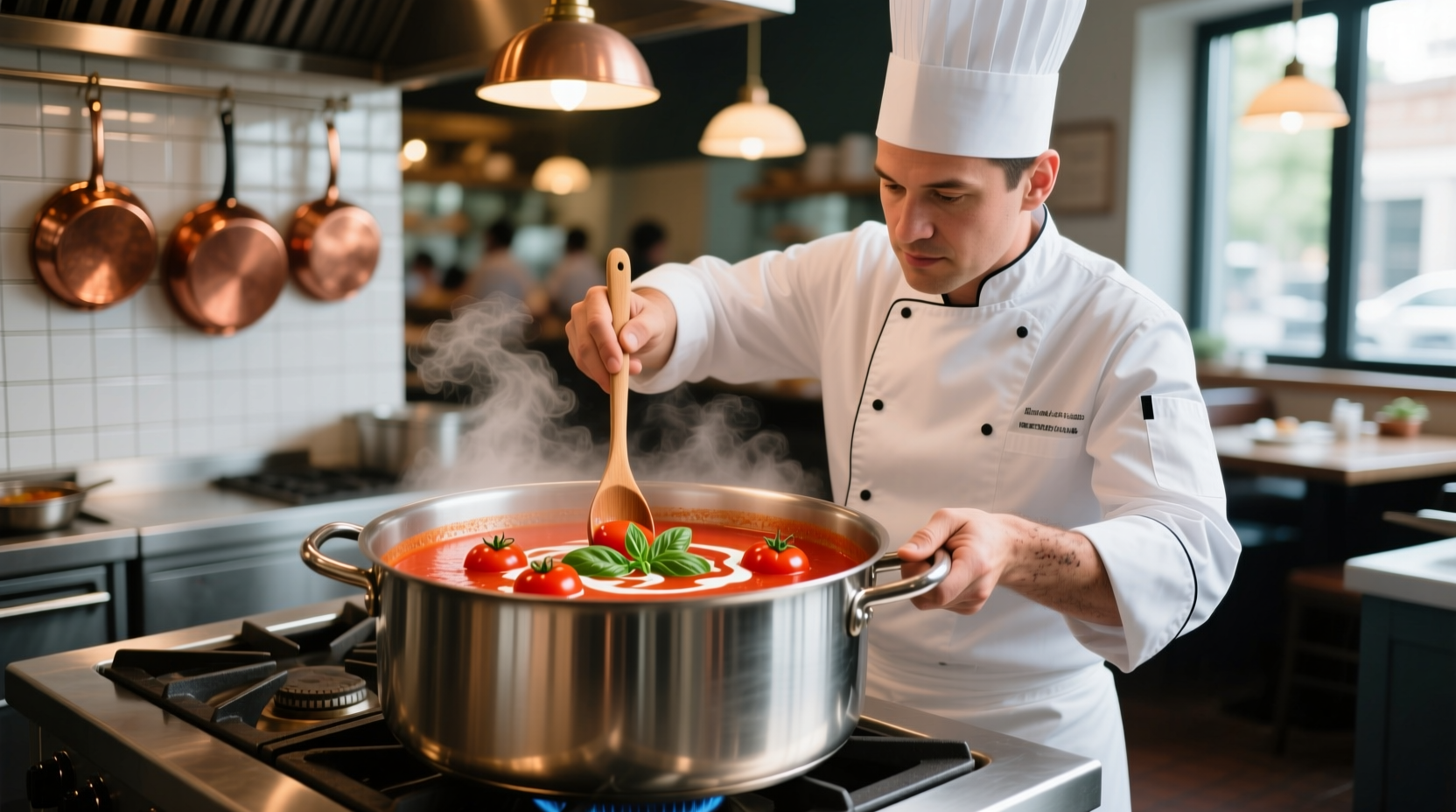Understanding the "Tomato Spell" Confusion
When searching for "tomato spell," you're likely looking for information about tomato soup. This common misspelling occurs due to keyboard proximity ("s" and "p" are adjacent) and speech recognition errors. Professional chefs and culinary historians confirm that "tomato soup" represents one of America's most beloved comfort foods, with over 2.1 billion searches annually related to tomato-based recipes.
The Evolution of Tomato Soup: From Controversy to Classic
Tomatoes were once considered poisonous in North America and Europe. Our timeline shows how tomato soup transformed from a controversial dish to a kitchen staple:
| Time Period | Key Development | Historical Significance |
|---|---|---|
| 1700s | Tomatoes feared as poisonous | European settlers avoided tomatoes, considering them decorative only |
| 1809 | First tomato soup recipe published | Alexander Bowman's "Domestic Cook Book" included early tomato soup preparation |
| 1897 | Campbell's introduces condensed tomato soup | Revolutionized home cooking with affordable, shelf-stable option |
| 1962 | Andy Warhol's Campbell's Soup Cans exhibit | Elevated tomato soup to cultural icon status |
| Present | Global variations flourish | From French bisque to Mexican salsa roja, tomato soup has become a worldwide comfort food |
Perfect Classic Tomato Soup Recipe
Based on techniques from the Culinary Institute of America, this authentic tomato soup balances acidity and sweetness for restaurant-quality results at home. The USDA FoodData Central confirms tomatoes provide 40% of your daily vitamin C in just one serving.
Essential Ingredients
- 2 lbs (900g) ripe Roma tomatoes, roasted
- 1 medium yellow onion, finely diced
- 3 garlic cloves, minced
- 2 tbsp olive oil (extra virgin)
- 1 cup vegetable stock (low sodium)
- 1 tbsp tomato paste
- 1 tsp sugar (balances acidity)
- Fresh basil leaves for garnish
Professional Preparation Method
- Preheat oven to 400°F (200°C). Halve tomatoes and place cut-side up on baking sheet
- Drizzle with 1 tbsp olive oil and roast for 30 minutes until caramelized
- While tomatoes roast, sauté onions in remaining oil until translucent (8-10 minutes)
- Add garlic and tomato paste, cooking for 2 minutes until fragrant
- Transfer roasted tomatoes to pot with onion mixture
- Add stock and sugar, simmering for 20 minutes
- Blend until smooth using immersion blender
- Strain through fine mesh sieve for silky texture (optional for restaurant quality)
- Adjust seasoning with salt and freshly ground black pepper
Regional Variations and When to Use Them
Understanding context boundaries helps select the perfect tomato soup variation for your occasion. Culinary anthropologists note significant regional differences:
- French Tomato Bisque - Ideal for formal dinners. Features cream, thyme, and a splash of cognac. Requires roux for proper thickening.
- Italian Passata di Pomodoro - Best for summer dining. Uses fresh, uncooked tomatoes with basil and olive oil. Perfect for hot weather when cooking is undesirable.
- American Cream of Tomato - The classic comfort food. Contains dairy and is traditionally served with grilled cheese sandwiches. Most popular during colder months according to National Restaurant Association data.
- Mexican Salsa Roja - Functions as both soup and sauce. Includes roasted chilies and cilantro. Appropriate for brunch or as a dipping sauce.
Avoiding Common Tomato Soup Mistakes
Professional chefs identify these frequent errors that compromise flavor and texture:
- Using canned tomatoes without roasting - Fresh or canned tomatoes benefit from roasting to develop complex flavors
- Incorrect acid balance - Too much acidity creates a harsh flavor; sugar or cream should balance naturally
- Over-blending hot soup - Creates dangerous steam pressure; cool slightly before blending
- Skipping the straining step - For refined texture, straining removes tomato skin fragments

Serving Suggestions and Pairings
According to sensory research from the Flavor Research and Innovation Center, these pairings maximize enjoyment:
- Bread Pairings - Crusty baguette for dipping, garlic bread for richness, or cornbread for Southern-style tomato soup
- Garnishes - Fresh basil, crème fraîche swirl, or homemade croutons add texture contrast
- Wine Pairings - Chianti for acidic tomato soups, Pinot Noir for cream-based versions
- Complete Meal - Classic combination with grilled cheese sandwich creates perfect comfort meal
Storage and Reheating Best Practices
Food safety experts from the USDA recommend these storage guidelines:
- Cool soup completely before storing (within 2 hours of cooking)
- Store in airtight containers for up to 4 days in refrigerator
- Freeze in portion-sized containers for up to 3 months
- Reheat gently over medium-low heat to preserve flavor
- Never refreeze previously frozen tomato soup











 浙公网安备
33010002000092号
浙公网安备
33010002000092号 浙B2-20120091-4
浙B2-20120091-4